KRÓTKI
The Isuzu 600P 130Horsepower 4X2 Wrecker is a reliable and efficient vehicle for vehicle recovery operations.
1. Power and Mobility
- With 130 moc w koniach mechanicznych, this wrecker offers strong power to handle a variety of towing tasks. It can easily pull disabled vehicles of different sizes, whether on city streets or highways.
- The 4X2 drive configuration provides a good balance between traction and fuel efficiency. It allows the wrecker to move smoothly on various road surfaces.
2. Towing Capacity and Equipment
- It is designed with a certain towing capacity suitable for common breakdowns. The wrecker likely comes equipped with a winch system for pulling vehicles onto its flatbed or towing them directly.
- It may also have additional features such as tie-downs and storage compartments for tools and equipment needed for recovery operations.
3. Application Areas
- In urban areas, it can quickly respond to accidents and breakdowns, helping to clear the roads and reduce traffic congestion.
- On highways, it can assist in towing disabled vehicles to safety, ensuring the smooth flow of traffic.
4. Operator-Focused Design
- The operator’s cab is likely designed for comfort and convenience. It may have ergonomic seating and controls that allow the operator to work for extended periods without excessive fatigue.
- The controls are probably intuitive and easy to use, enabling the operator to perform towing and recovery operations efficiently.
CECHY
The Isuzu 600P 130-Horsepower 4X2 Wrecker is a specialized vehicle with a set of distinct features that make it highly effective for vehicle recovery operations.
1. Engine Power and Drive Configuration
- Mocny silnik: The 130-horsepower engine provides a reliable source of power for the wrecker. This engine is capable of generating sufficient force to handle a wide range of towing tasks, from light-duty vehicles to medium-sized trucks. It offers smooth acceleration and consistent performance, ensuring that the wrecker can quickly respond to calls and reach the location of a disabled vehicle without delay.
- 4X2 Drive for Versatility: The 4X2 drive configuration offers several advantages. It provides decent traction on different road surfaces, allowing the wrecker to operate effectively in various environments. This drive setup also makes the vehicle more maneuverable, enabling it to navigate through tight spaces and crowded areas with ease. Dodatkowo, it offers a relatively simple mechanical design, which can lead to lower maintenance costs and better reliability over time.
2. Towing Capacity and Equipment
- Adequate Towing Capacity: The Isuzu 600P wrecker is designed with a specific towing capacity that meets the needs of most common vehicle recovery scenarios. It can handle a variety of vehicle sizes and weights, ensuring that it can deal with different types of breakdowns and accidents. Mechanizm holowniczy został prawdopodobnie zaprojektowany tak, aby był solidny i niezawodny, zdolne wytrzymać obciążenie związane z ciągnięciem unieruchomionego pojazdu bez uszczerbku dla bezpieczeństwa i wydajności.
- System wciągarki do wszechstronnego odzyskiwania: Wyposażony w system wyciągarki, niszczyciel może wykonać różne operacje odzyskiwania. Wciągarka ma zazwyczaj wystarczającą moc, aby wciągnąć pojazd na platformę lub holować go bezpośrednio z trudnego miejsca. Może mieć takie funkcje, jak zmienna kontrola prędkości i długa długość kabla, pozwalając na większą elastyczność w różnych sytuacjach odzyskiwania. Wciągarka została również prawdopodobnie zaprojektowana z myślą o trwałości i łatwości użytkowania, z elementami sterującymi, które są dostępne i intuicyjne dla operatora.
- Dodatkowe wyposażenie zwiększające funkcjonalność: Oprócz wyciągarki, niszczyciel może być wyposażony w inny przydatny sprzęt. Tie-downs are often provided to secure the towed vehicle on the flatbed, preventing it from shifting during transport. Storage compartments may be available for tools and equipment needed for recovery operations, takie jak kable rozruchowe, zestawy do naprawy opon, i podstawowe narzędzia ręczne. These additional features enhance the wrecker’s functionality and make it more self-sufficient on the job.
3. Projekt nadwozia i załadunku
- Funkcjonalna platforma lub układ holowniczy: Nadwozie wraku zostało zaprojektowane tak, aby ułatwić załadunek i holowanie pojazdów niepełnosprawnych. Jeśli ma platformę, jest prawdopodobnie wykonany z trwałych materiałów, które wytrzymują ciężar i naprężenia występujące podczas załadunku i transportu pojazdów. The flatbed may have ramps for easy vehicle access and tie-down points to secure the load. W niektórych przypadkach, the wrecker may have a towing mechanism that allows for traditional towing operations, with a tow bar or hitch that is compatible with different types of vehicles.
- Thoughtful Design for Accessibility and Loading: The design of the wrecker takes into account the ease of loading and unloading disabled vehicles. The ramps, if present, are likely designed to be sturdy yet lightweight and easy to deploy. They may be adjustable to accommodate different vehicle heights and angles. The body may also have features such as side rails and non-slip surfaces to ensure the safety of the operator and the towed vehicle during loading and unloading. Dodatkowo, there may be lighting and signage on the body to enhance visibility during night operations or in low-light conditions.
4. Safety and Control Features
- Safety in Towing Operations: The Isuzu 600P wrecker is equipped with several safety features to ensure a secure towing operation. There may be load-sensing systems that monitor the weight and balance of the towed vehicle. If the load exceeds safe limits or becomes unbalanced, the operator is alerted. The towing connections, such as the tow bar or winch cable, are likely designed with safety in mind, with features like locking mechanisms and high-strength materials to prevent accidental detachment. The vehicle may also have stability control systems and anti-lock brakes to enhance safety during towing and driving.
- Operator-Controlled Systems for Precision: The controls in the operator’s cab are designed for ease of use and precision. The operator can easily manage the winch, ramps, and other recovery equipment. The controls are likely ergonomically placed and intuitive, reducing the risk of operator error. There may also be safety interlocks and warning systems to prevent accidental activation of certain functions. The cab may be equipped with a rear-view camera or mirrors to provide a clear view of the towed vehicle and surrounding area, enhancing safety during towing operations.
5. Operator-Focused Design
- Comfortable Cab for Extended Operations: The operator’s cab is designed with the operator’s comfort in mind. Ergonomic seating provides proper support during long hours of operation, reducing fatigue. The cab is likely insulated from noise and vibration to create a more pleasant working environment. Climate-control systems may be installed to maintain a comfortable temperature inside the cab regardless of the external weather conditions.
- Widoczność i oprzyrządowanie zapewniające optymalną wydajność: Dobra widoczność ma kluczowe znaczenie dla operatora podczas holowania i holowania. Kabinę wyposażono w duże okna i dobrze rozmieszczone lusterka, zapewniające dobrą widoczność otoczenia. Tablica przyrządów może wyświetlać ważne informacje, takie jak stan silnika, ładunek holowniczy, i wskaźniki stabilności pojazdu. Informacje te pomagają operatorowi podejmować świadome decyzje i zapewniać bezpieczne i wydajne działanie. Dodatkowo, there may be communication systems in the cab to allow the operator to stay in touch with dispatchers or other emergency services.
SPECYFIKACJA
| Podstawowe informacje | |
| Formularz jazdy | 4X2 |
| Rozstaw osi | 3815mm |
| Vehicle body size | 5.9×1.99×2.6 meters |
| Całkowita masa | 7.3 mnóstwo |
| Masa pojazdu | 3.98 mnóstwo |
| Maksymalna prędkość | 110kilometrów na godzinę |
| Rozstaw kół przednich/rozstaw kół tylnych | Front:1504mm; Rear:1425mm |
| Zwis przedni/zwis tylny | 1.015/1.07 metrów |
| Engine Parameters | |
| Model silnika | Qingling Isuzu 4KH1CN5HS |
| Przemieszczenie | 2.999L |
| Maksymalna moc | 130 moc w koniach mechanicznych |
| Maksymalna moc wyjściowa | 72kW |
| Rodzaj paliwa | Diesel |
| Norma emisji | National V |
| Mounted Equipment Parameters | |
| Ogłoszenie pojazdu | PFT5071TQZL5 |
| Mounted equipment brand | Pafit brand |
| Lifting mass | 3190kg |
| Transmission Parameters | |
| Model transmisji | Isuzu six-speed manual |
| Liczba biegów | 6 koła zębate |
| Liczba biegów wstecznych | 1 |
| Chassis Parameters | |
| Marka podwozia | Qingling |
| Chassis vehicle series | Isuzu 600P |
| Model podwozia | QL1070A5KAY |
| Number of leaf springs | 8/6+5 |
| Opony | |
| Liczba opon | 6 |
| Specyfikacja opon | 7.00-16 14PR, 7.00R16 14PR |
Powiązane posty:









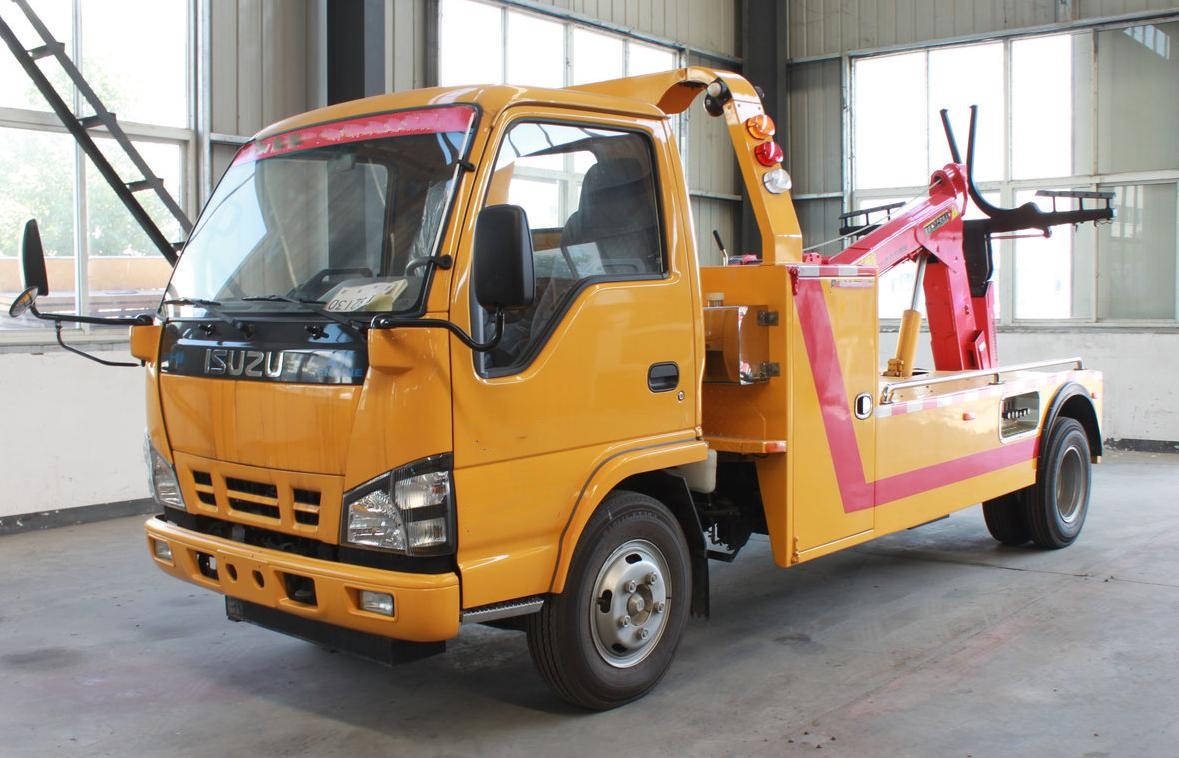


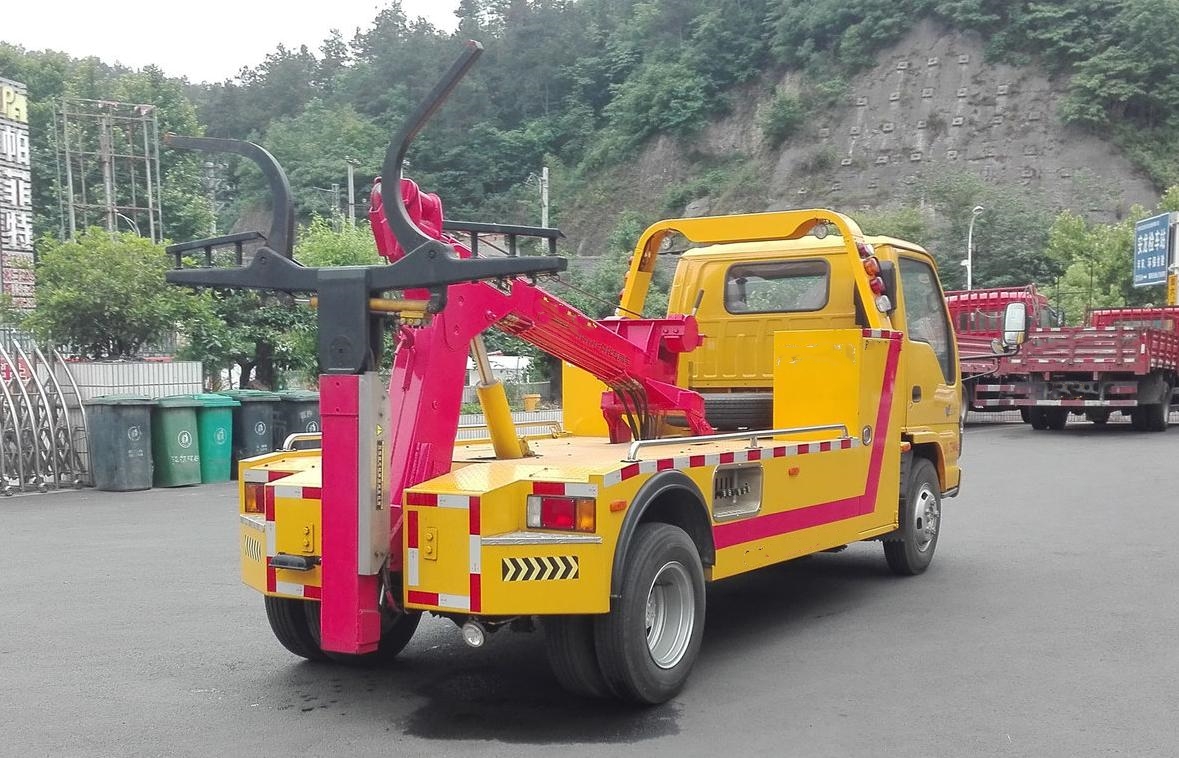



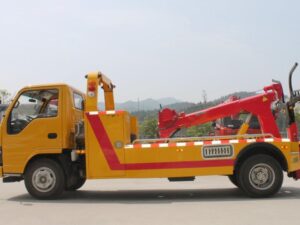
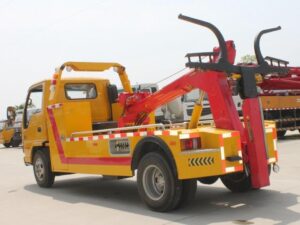

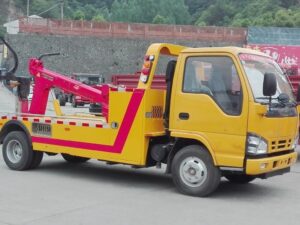

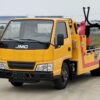

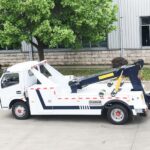
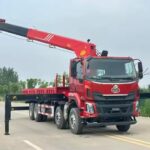






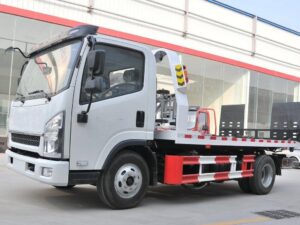
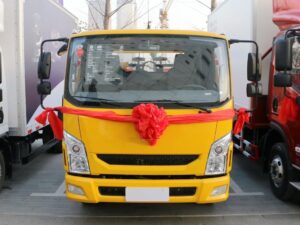
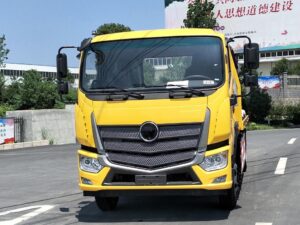

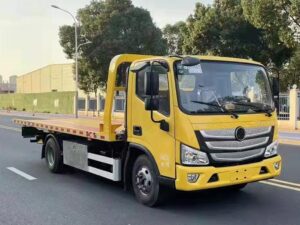
Recenzje
Nie ma jeszcze żadnych recenzji.